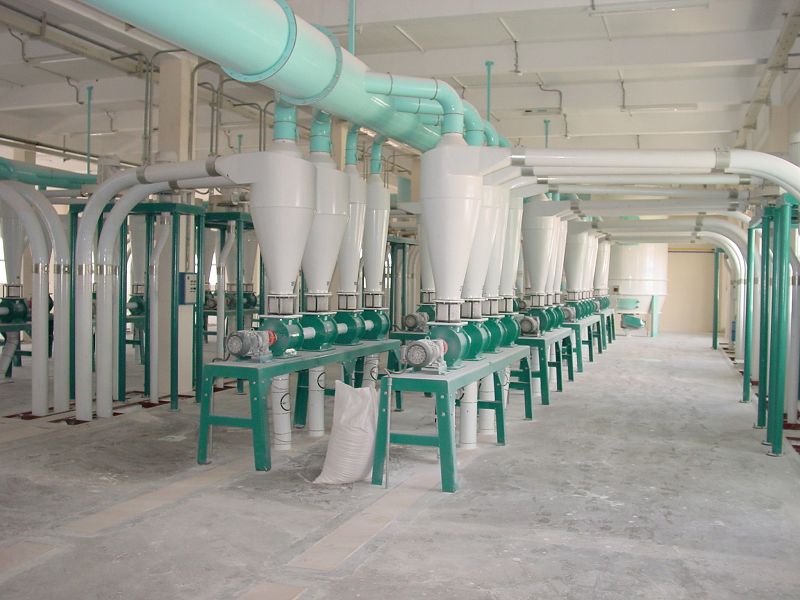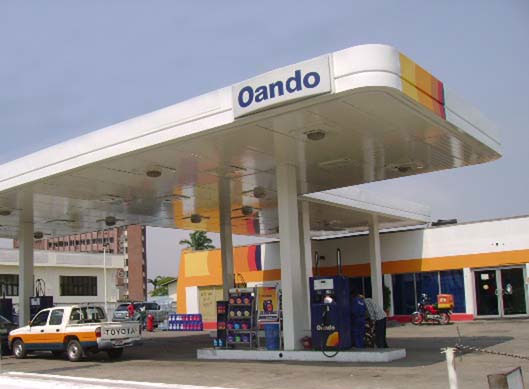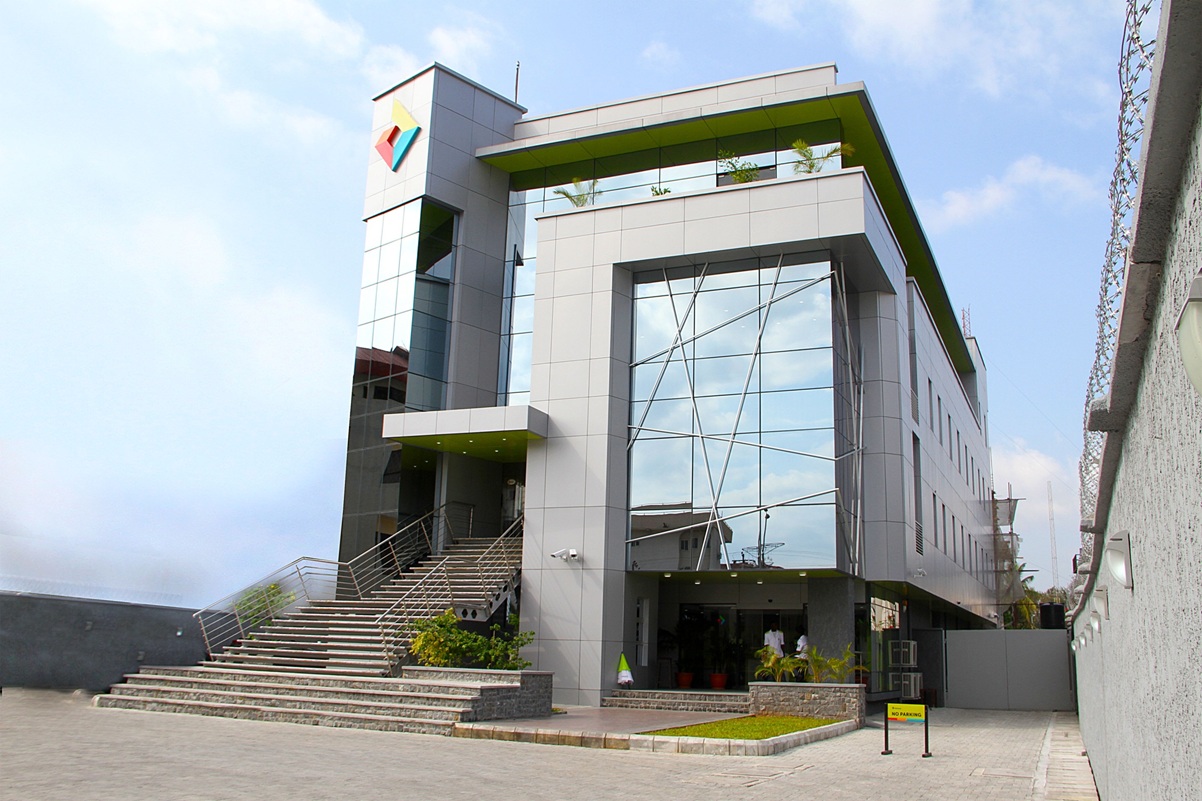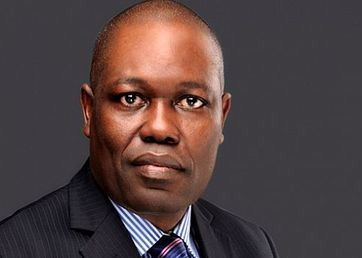Flour Mills Nigeria can easily be counted among the very few companies driving an exceptional earnings growth in the current financial year. At the end of its second quarter operations in September, the company recorded an upsurge of 450% in after tax profit year-on-year. An after tax profit of N24.02 billion it posted for half year trading is almost three times the full year profit figure the company reported at the end of the preceding financial year.
The bottom line picture however hides the intense operating pressure facing the company’s business. Almost 99% of that money came from gain on disposal of investment in associate. Of the company’s sales revenue of N177.58 billion generated at the end of the second quarter, only N287 million reached the bottom line.
A windfall of N14.28 billion from sale of investment also occurred in the last financial year, which enabled the company to escape a loss that could have caused by a huge interest cost of N18.70 could have caused.
Irrespective of where the profit came from, shareholders can look forward to a big harvest in the company’s financial year ending March 2016. The company couldn’t pay any dividends at the end of the last financial year but the bigger windfall from sale of investment this year may end the dividend holiday.
Advertisement
The core business of the company is under pressure from costs that are undermining profit capacity. Two major cost elements are choking off profit performance. One is cost of sales, which grew slightly ahead of sales revenue and caused a decline in operating profit. The other is interest expenses, which rose by 21.1% year-on-year to N12.33 billion – close to three times as fast as sales revenue.
Huge finance expenses are preventing the company from converting revenue into profit. Despite a significant reduction, the company’s balance sheet still shows large borrowings. Term loans grew by 15.3% to N63.74 billion over the first six months of the year but bank overdraft dropped by 34% to N39.42 billion. Short-term loans also dropped by 14.1% to N46.58 billion and unsecured fixed rate bond dropped by 52% during the period.
Net of the gain from disposal of investment, the company stood only a thin line between profit and loss at the end of the second quarter. Major drops of 32.7% in other income and 76.4% in investment income during the review period have also contributed to the low profit capacity.
Advertisement
With the cost-income relationship of the company’s business, no reasonable addition to the profit figure is anticipated from Flour Mills Nigeria for the rest of the financial year. The company is therefore expected to close the current financial year with an after tax profit of N24.6 billion. This will mean a growth of over 190% over the preceding year’s closing profit figure of N8.47 billion – one of the biggest profit advances likely in the year.
The company improved sales revenue by 7.3% to N177.58 billion in the second quarter and the full year position is projected at N360 billion for Flour Mills Nigeria in the 2015/15 financial year. That would be a growth of 16.6% over the full year revenue figure in the preceding financial year. Sales revenue had declined by 5.2% last year and a new revenue peak is anticipated in the current financial year.
The company remains under cash flow pressure, as net cash generated from operating activities are insufficient to meet debt servicing payments. Without the cash generated from sale of investment, the company would have borrowed more money to meet the net cash utilisation of over N27 billion from financing activities. Despite the windfall from sale of investment, the company still carries a cash deficit in excess of N23 billion.
The company earned N9.0 per share at the end of the second quarter, rising from N1.67 in the same period last year and already well above the N3.44 it reported at the end of the last financial year. Earnings per share is expected to come to N9.37 for Flour Mills Nigeria at the end of the 2015/16 financial year.
Advertisement
Add a comment







